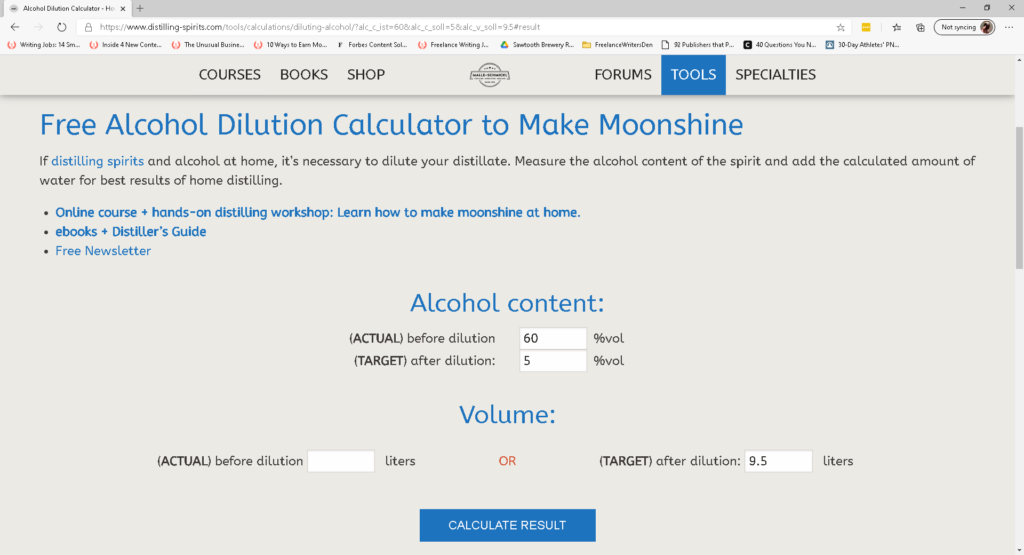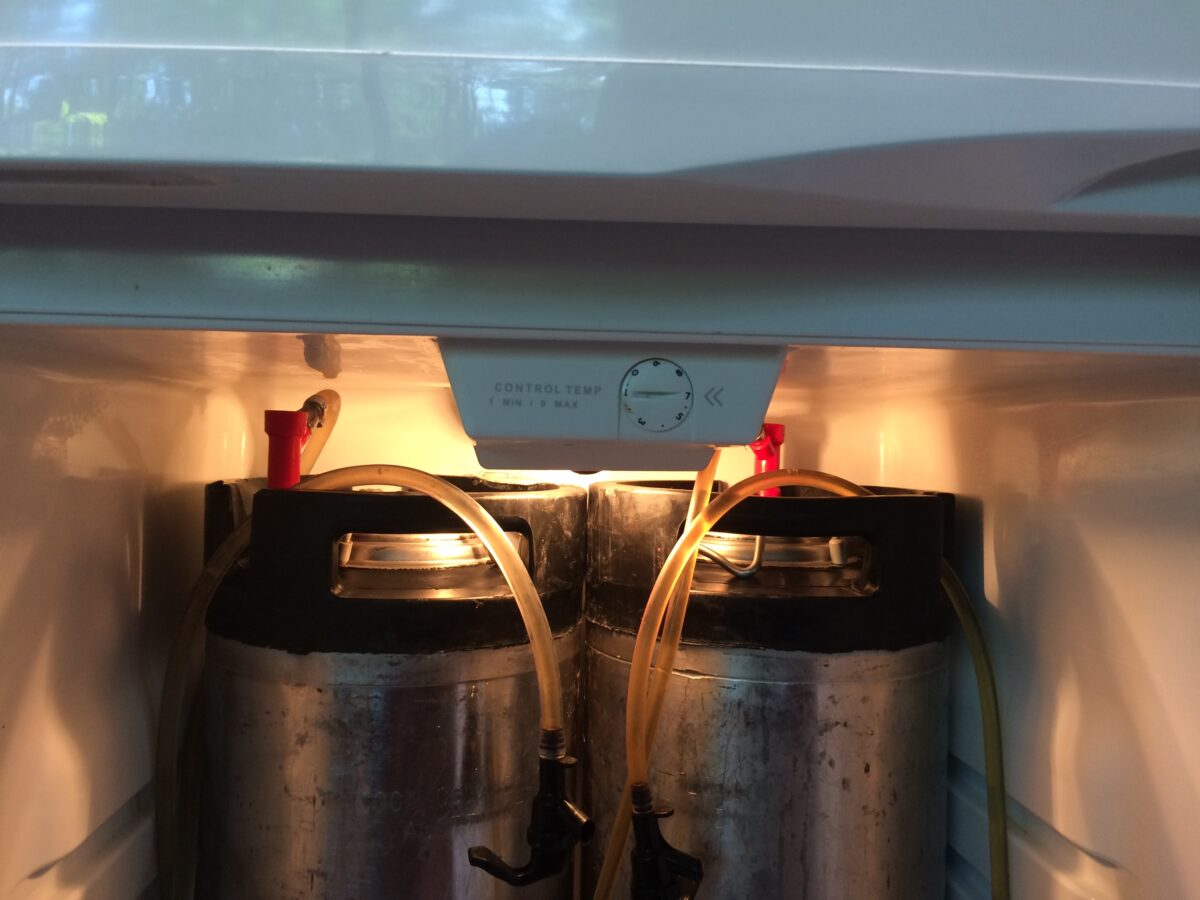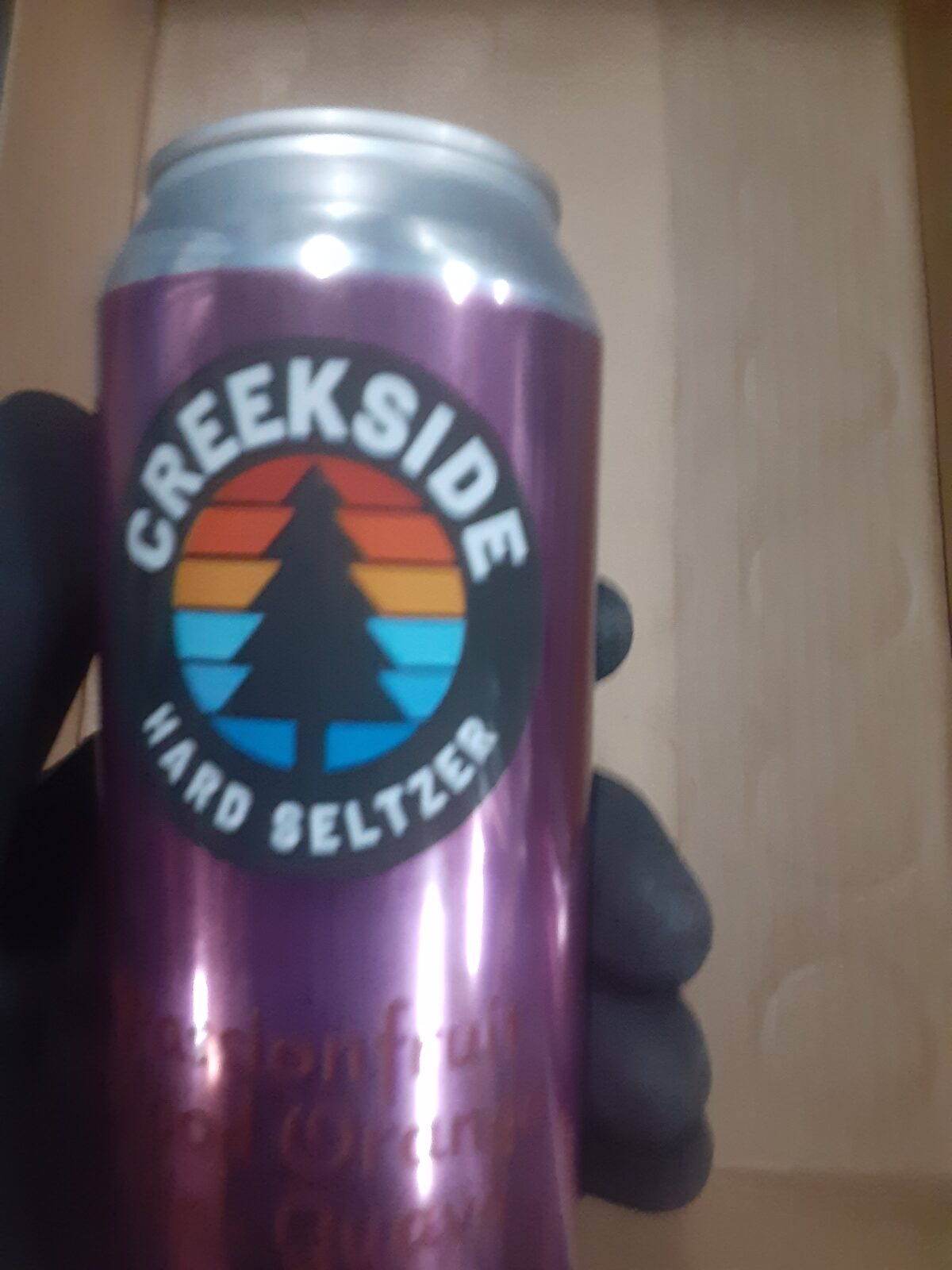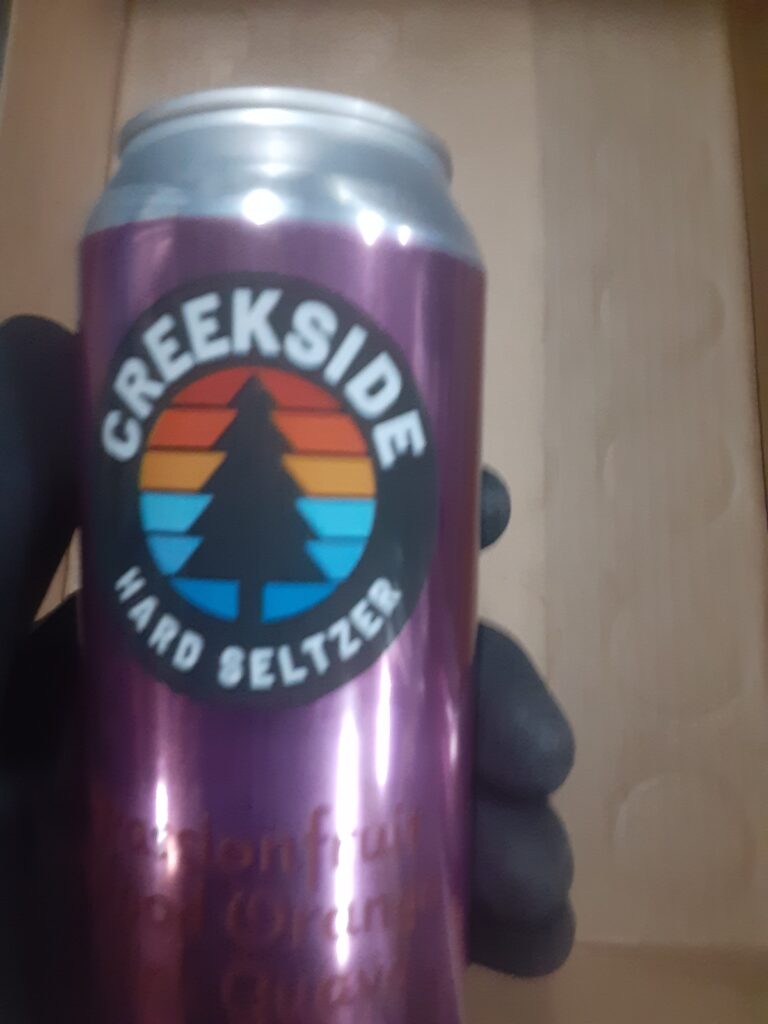As homebrewers, we do not need to worry about the same legalities a brewery, distillery, or bar would need to consider. We can do what we want.
Why Does it Matter?
Breweries must produce the alcohol they sell in-house. This means they must create a sugary liquid for yeast to ferment into the alcoholic content of their seltzer.
As a result, a brewery cannot take an alcohol solution produced elsewhere, carbonate it, add flavor, and sell it as hard seltzer.
But We Can
As homebrewers, we have a lot more legal leeway, since we are not selling what we produce. The main benefit of this situation, especially as it pertains to making hard seltzer is that if we have a kegging system (affiliate link), we do not have to produce the alcohol used to make hard seltzer.

We can take any neutral-flavored spirit, dilute it to the ABV we want, and force carbonate it like any other keg we put in our kegerator. Primarily, this means we can take vodka at 40% ABV (80 proof) and dilute it down to whatever strength we want. There are also other spirits available, like Everclear 190 Proof (95% ABV), that require less volume to produce the desired strength.
Unfortunately, Everclear 190 Proof is not sold in many states in the USA. Because of its high alcohol content, the 190 proof version can be hard to find, but they do have a lower-ABV versions at 60%, 75.5%, and 189% ABV. However, the 120 Proof version is the most available. Even this will reduce the quantity of spirit needed to make your seltzer by half.
How Much do I Use?
There are formulas available that will walk you through the process of hand-calculating the volume of spirit and the volume of water you will need to produce the seltzer at the desired strength you desire.
But I found a handy calculator that greatly simplifies the calculation for you. Given that most seltzers clock in at 5% ABV, and I have a 2.5 gallon keg, I was curious what it would take to make 2.5 gallons of seltzer using Everclear 120.
The calculation is based on liters, so I put in 9.5 liters as the target volume after dilution, 60% as the actual before dilution, and 5% as the target after dilution.

This handy tool spits out the handy instructions that I need to combine 0.79 liters of spirit at 60% ABV with 8.71 liters of water to produce 9.5 liters of seltzer.
The Simple Version
There you go. Fill that small keg, force carbonate, and you’re all set. You have delicious, unflavored hard seltzer.
Oh, wait, you wanted flavor? Well, you could treat it like my keg of carbonated water and keep an array of Italian soda syrups, fruit juices, and mixers on hand so you can mix up whatever tickles your fancy.
The nice thing about this is that it allows you tailor your beverage to your tastes at the moment you want a drink. Not sweet enough? Just add more of your flavoring.
The Committed Version
If you have a flavor you know you want, there is another option. And if you have 5 gallon kegs rather than 2.5s, there is a simple option just a few clicks away. You just re-run the dilution calculation above so you have a target volume of 19 liters (5 gallons).
This gives you a needed volume of 1.58 liters of spirits at 60% ABV, combined with 17.42 liters of water to produce 19 liters of beverage.
The link above takes you to list of fruit wine base concentrates. They come in 1 gallon jugs and are intended to be diluted to make 5 gallons of wine. One gallon equals 3.79 liters, so you could make 5 gallons of the flavor you desire by combining:
- 1.58 liters of spirits at 60%
- 3.79 liters (1 gallon) fruit wine base
- 13.63 liters of water
And you’re off to seltzer town! This ratio would produce a fairly sweet sweet seltzer, with a similar flavor profile to fruit juice. You may need to play around to find the right combination of what you enjoy.
#BrewUpAnAdventure





